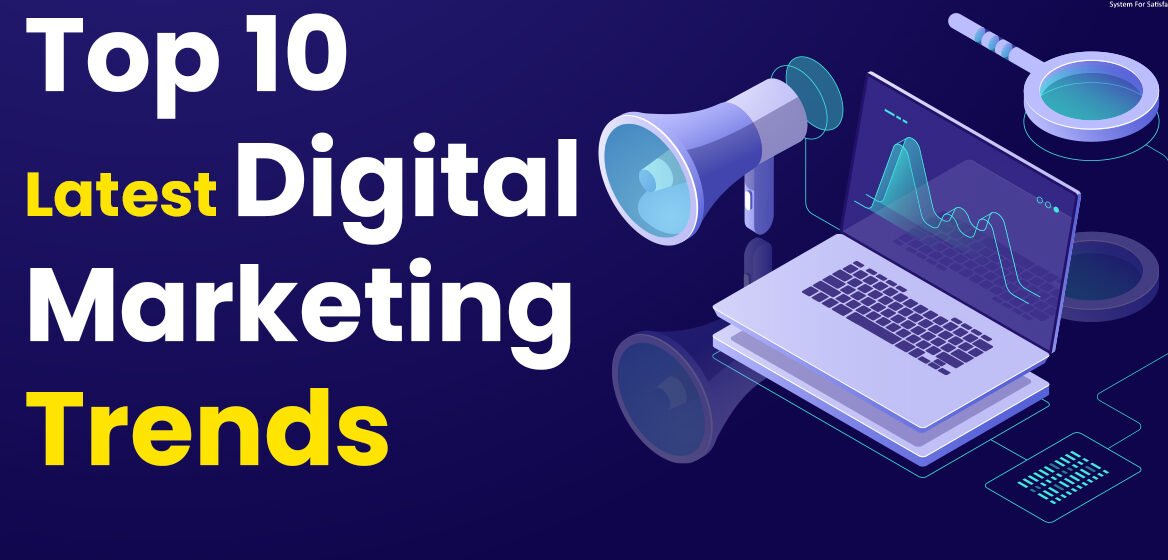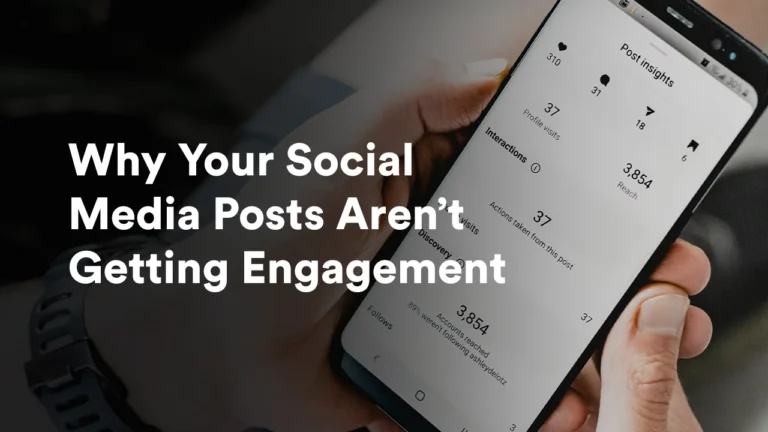Unveiling the Future: Top 10 Exciting Digital Marketing Trends to Watch in 2024
The Digital Marketing Landscape in 2024
Staying up to speed with the latest digital marketing trends is critical for organizations looking to stay competitive and effectively engage with their target audience in today’s fast-paced digital world. The digital world is continually changing as a result of technological breakthroughs, changes in consumer behavior, and alterations in industry norms. Businesses can get important insights and adapt their tactics to match growing client expectations, remain ahead of the competition, and deliver real outcomes by keeping their finger on the pulse of digital marketing trends.
Ignoring or falling behind on digital marketing trends can lead to missed opportunities, lower exposure, and lower engagement with the target audience. To flourish in today’s extremely dynamic and competitive world, marketers and organizations must stay informed and embrace the ever-changing digital marketing landscape.
The digital marketing landscape has rapidly developed over the years, owing to technological improvements and shifting customer behavior. Social media platforms, mobile domination, video content, personalization through data-driven marketing, influencer marketing, AI and automation, voice search, AR/VR, e-commerce growth, and privacy rules have all played key roles. Marketers today have tremendous tools and methods at their fingertips to engage with their target audience, create tailored experiences, and optimize campaigns. Staying current with these shifting trends is critical for organizations to thrive in the competitive digital economy.
I. The AI and ML Revolution in Digital Marketing: Automating, Personalizing, and Optimizing for Success
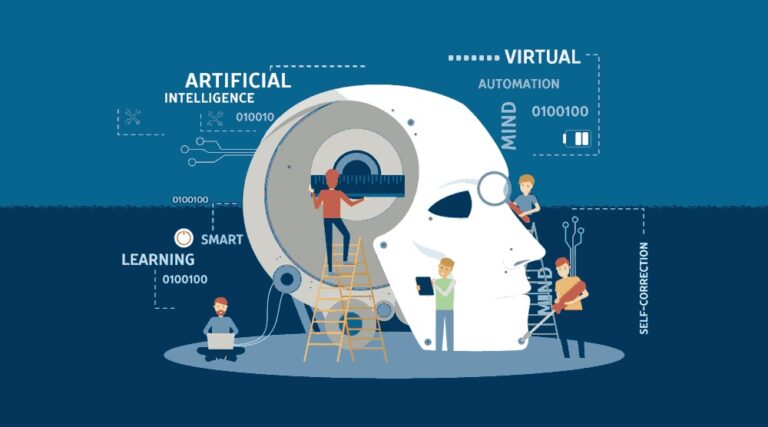
AI (Artificial Intelligence) and ML (Machine Learning) technology have transformed digital marketing, revolutionizing how firms run and interact with clients. Here are some of the key ways that AI and machine learning are driving this revolution:
Automation:
Automation enabled by AI streamlines repetitive activities, saving time and resources. Chatbots, for example, automate consumer interactions by giving real-time assistance and personalized recommendations. This improves customer service while freeing up human employees to handle more difficult inquiries. Email marketing, social media scheduling, and data analysis may all be automated, allowing marketers to focus on strategy.
Example: Sephora, a beauty business, for example, employs AI-powered chatbots to provide tailored beauty suggestions, product recommendations, and virtual try-on experiences, increasing customer engagement and sales.
Personalization:
AI and machine learning enable hyper-personalized marketing experiences. These technologies analyze massive amounts of client data, including as browsing history, demographics, and purchase behaviors, to generate personalized content, recommendations, and offers. Personalization increases consumer engagement, satisfaction, and loyalty.
Example: Netflix, for example, uses ML algorithms to deliver tailored movie and TV program suggestions based on user’s viewing history and tastes. This tailored content distribution keeps users interested and increases customer retention.
Data Analysis:
AI and machine learning excel at large-scale data processing and analysis. These tools can extract useful information from large databases by analyzing patterns, trends, and customer behavior. Marketers may use these insights to improve results by making data-driven decisions, segmenting consumers, and optimizing marketing campaigns.
Example: Coca-Cola utilized AI and ML algorithms to analyze social media data, identifying popular trends and sentiments. This enabled the company to create highly targeted marketing campaigns and product promotions, leading to increased customer engagement and brand awareness.
Campaign Optimization:
AI and ML technologies optimize marketing campaigns by continuously analyzing data and making real-time adjustments. These technologies optimize ad targeting, bidding strategies, and content delivery to reach the right audience with the right message, maximizing campaign performance and return on investment.
Example: Adidas implemented AI-powered tools to optimize its digital advertising campaigns. By analyzing real-time data and consumer behavior, the brand dynamically adjusted its ad placements, creative elements, and targeting parameters. This resulted in improved campaign efficiency and higher conversion rates.
The success stories of AI and ML in digital marketing are widespread, and their adoption will continue to grow in 2024. Embracing these technologies can empower businesses to automate processes, deliver personalized experiences, leverage data insights, and optimize campaigns for success.
II. Voice Search Revolution: Mastering SEO Strategies for Conversational Queries
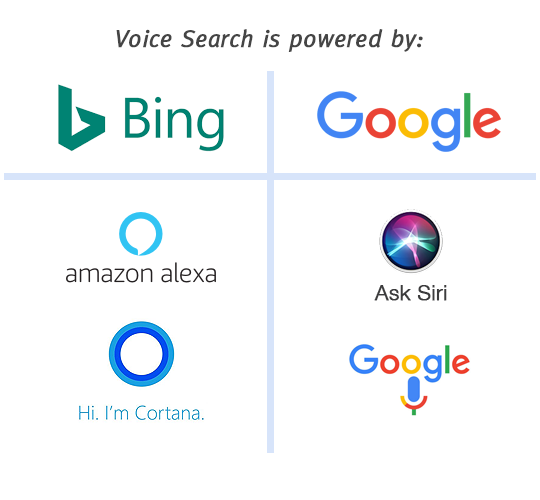
With the increasing popularity of speech-activated assistants such as Amazon’s Alexa, Google Assistant, and Apple’s Siri, voice search has grown exponentially. Users are increasingly depending on voice commands to search for information, make inquiries, and execute tasks without using their hands. This shift in customer behavior needs changes to SEO techniques to suit conversational inquiries and capitalize on voice searches. Here’s what you need to know:
Conversational Keywords:
Voice searches often contain natural, conversational phrases and long-tail keywords. Optimizing content with these conversational keywords helps improve visibility in voice search results.
Featured Snippets:
Featured snippets provide concise answers to voice queries. Optimizing content to appear in featured snippets can enhance visibility and increase the chances of being the voice search result.
Local SEO:
Voice searches frequently include location-based queries. Optimizing for local SEO, such as claiming Google My Business listings, ensures businesses are discoverable for relevant voice search queries.
Mobile Optimization:
Voice search is predominantly mobile-driven. Businesses must ensure their websites are mobile-friendly, fast-loading, and optimized for voice search to provide a seamless user experience.
III. The Soaring Rise of Video Content: Driving Engagement and Conversions through Effective Video Marketing
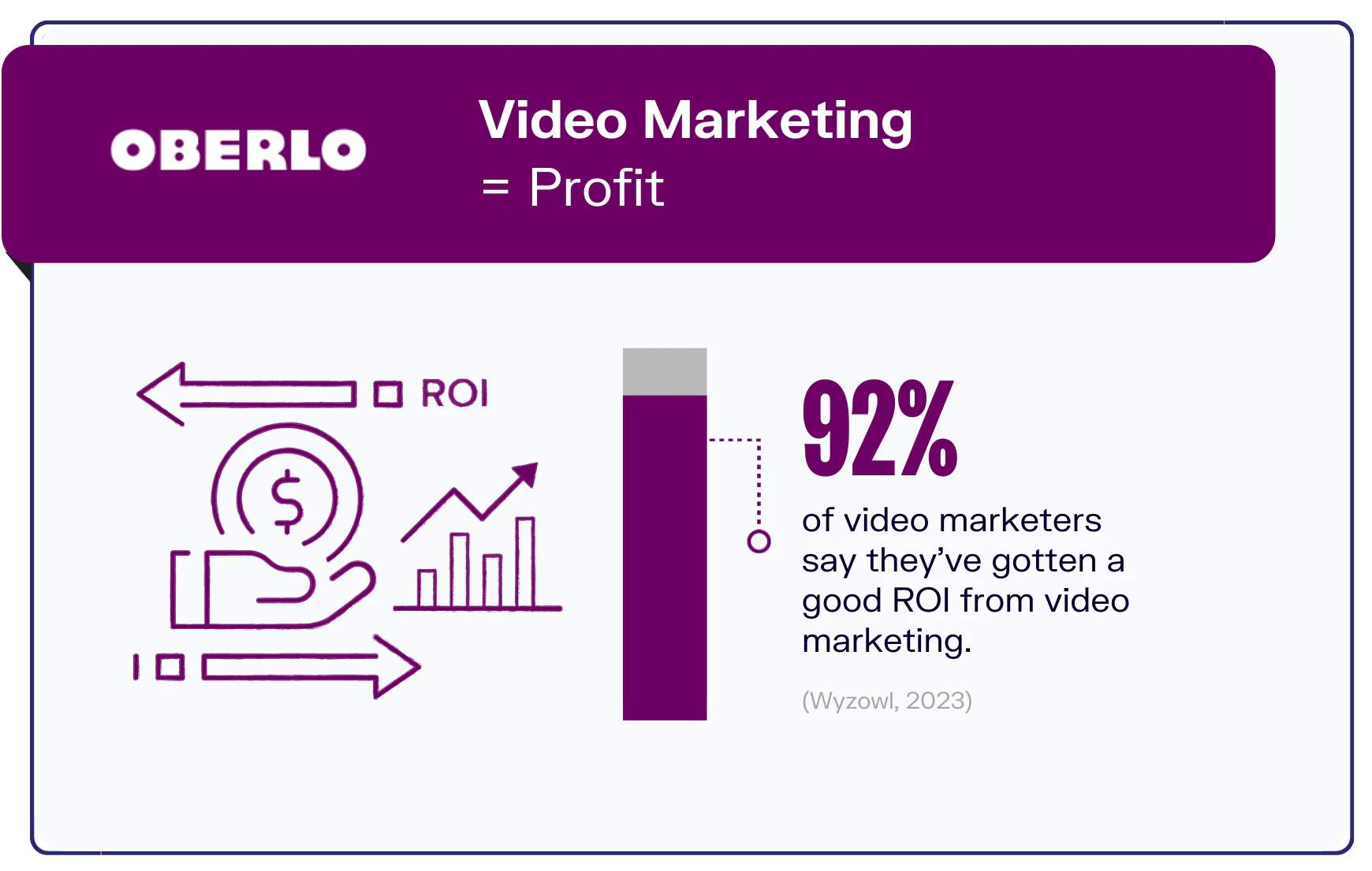
For engaging viewers and increasing conversions, video content has emerged as the preferred channel. Online video consumption continues to expand, making video marketing a vital approach for firms in 2024. Here’s why video content is important:
Increased Engagement:
Videos have the power to captivate viewers, evoke emotions, and tell compelling stories. They offer a visually rich and immersive experience that engages users for longer durations compared to other content formats.
Enhanced Conversions:
Video marketing can effectively drive conversions. Product videos, demonstrations, and customer testimonials help potential customers visualize the value and benefits of products or services, increasing their likelihood of making a purchase.
Omni-Channel Approach:
Video content can be shared across various channels, including social media, websites, email marketing, and video-sharing platforms like YouTube and TikTok. Leveraging a multi-channel approach maximizes reach and engagement.
Live Streaming:
Live streaming has gained immense popularity, providing an opportunity for real-time interactions, product launches, behind-the-scenes glimpses, and interactive Q&A sessions. Live videos create a sense of urgency and exclusivity, fostering engagement and building brand trust.
IV. Landscape of Influencer Marketing: Embracing Authenticity and Harnessing the Power of Micro-Influencers and Nano-Influencers
Influencer marketing has evolved significantly, and authenticity is now a top priority. Collaborating with influencers who align with a brand’s values and resonate with the target audience can result in stronger connections and more impactful campaigns. In 2024, we can expect the following trends in influencer marketing:
Authenticity and Transparency:
Consumers value authenticity and genuine brand partnerships. Influencers who authentically promote products and disclose partnerships build trust and credibility, fostering positive brand perceptions.
Micro-Influencers and Nano-Influencers:
Micro-influencers and nano-influencers with smaller, niche followings are gaining prominence. These influencers have highly engaged audiences and offer a more targeted approach, often resulting in higher conversion rates.
Long-Term Partnerships:
Brands are increasingly forming long-term partnerships with influencers. By nurturing ongoing relationships, brands can build a deeper connection with influencers’ audiences and create more authentic brand advocacy.
Diversification of Platforms:
Influencer marketing is expanding beyond Instagram captions and YouTube. Brands are exploring opportunities on emerging platforms like TikTok, Clubhouse, and Twitch, tailoring their influencer strategies to reach specific demographics.
V. Augmented Reality (AR) and Virtual Reality (VR): Immersive Experiences Redefining Consumer Engagement
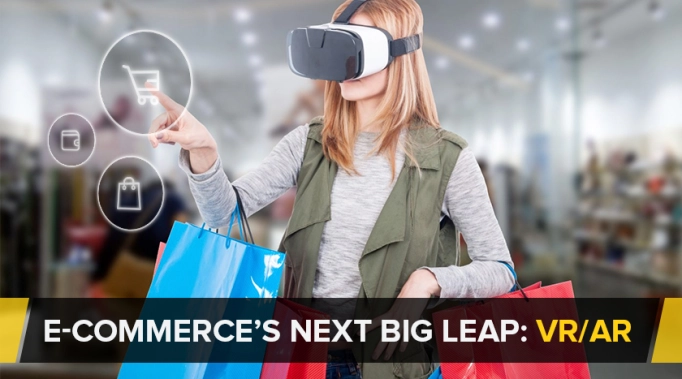
AR and VR technologies are transforming how consumers interact with brands, products, and services. These immersive experiences create a deeper level of engagement and can significantly impact consumer perceptions and purchase decisions. Here’s how AR and VR are shaping digital marketing:
Virtual Try-On Experiences:
AR allows customers to virtually try on products before making a purchase, such as trying on clothes, accessories, or testing cosmetics. This technology reduces purchase hesitations and enhances the overall shopping experience.
Interactive Product Demos:
AR and VR enable interactive and immersive product demonstrations. Customers can visualize how products work, explore features, and understand their value, driving engagement and boosting confidence in purchase decisions.
Virtual Events and Experiences:
AR and VR open up possibilities for virtual events, conferences, and experiences. Brands can create virtual environments where attendees can interact, engage with products, and network, providing a unique and accessible way to connect with audiences.
VI. E-commerce Growth and Omnichannel Integration: Seamlessly Connecting Online and Offline Experiences
The COVID-19 pandemic has accelerated the growth of e-commerce, with consumers increasingly relying on online shopping. However, the future of digital marketing lies in the integration of online and offline experiences through omnichannel strategies. Here’s what to consider:
Unified Customer Experience:
Seamlessly connecting online and offline touchpoints ensures a consistent and cohesive brand experience. Customers can browse products online, make purchases in-store, and receive personalized recommendations across channels.
Mobile Commerce:
Mobile devices play a vital role in e-commerce growth. Optimizing websites for mobile, streamlining checkout processes, and offering mobile payment options enhance the mobile shopping experience and drive conversions.
Social Commerce:
Social media platforms continue to integrate shopping features, allowing users to make purchases without leaving the platform. Leveraging social commerce helps businesses reach customers at the point of discovery, reducing friction in the buying journey.
Omnichannel Personalization:
Utilizing customer data from various touchpoints, businesses can deliver personalized experiences. Tailoring recommendations, offers, and content based on customer preferences and behaviors enhances engagement and loyalty.
VII. Data Privacy and Compliance: Building Trust through Transparent Data Practices
Data privacy and compliance regulations, such as the General Data Protection Regulation (GDPR) and the California Consumer Privacy Act (CCPA), have elevated consumer expectations for transparency and control over their data. Respecting privacy rights and implementing transparent data practices are crucial for building trust with customers. Consider the following:
Transparency and Consent:
Clearly communicate data collection and usage practices, obtain explicit consent, and offer options for users to control their data preferences. Implement cookie consent banners and privacy policy updates to comply with regulations.
Data Security:
Protecting customer data is paramount. Implement robust security measures, such as encryption, secure payment gateways, and regular data audits, to safeguard sensitive information.
User-Focused Data Strategies:
Adopt a user-centric approach to data collection and usage. Prioritize data that adds value to users’ experiences and be transparent about how data-driven personalization benefits them.
VIII. Social Media Evolution: Niche Platforms, Authenticity, and Social Responsibility
Social media continues to evolve, with new platforms emerging and shifting user preferences. To effectively leverage social media in 2024, consider these trends:
Emerging Platforms:
Explore emerging social media platforms to reach specific demographics. TikTok, Clubhouse, Twitch, and others offer unique opportunities to engage with younger audiences and niche communities.
Authentic Content:
Authenticity remains vital in social media marketing. Users appreciate genuine, relatable content that aligns with their values. Encourage user-generated content, leverage micro-influencers, and showcase behind-the-scenes glimpses to foster authenticity.
Social Responsibility:
Consumers expect brands to take a stance on social and environmental issues. Incorporate purpose-driven marketing, demonstrate corporate social responsibility, and engage in meaningful conversations to resonate with socially conscious audiences.
IX. Mobile-First Indexing and Accelerated Mobile Pages (AMP): Prioritizing Mobile Experience
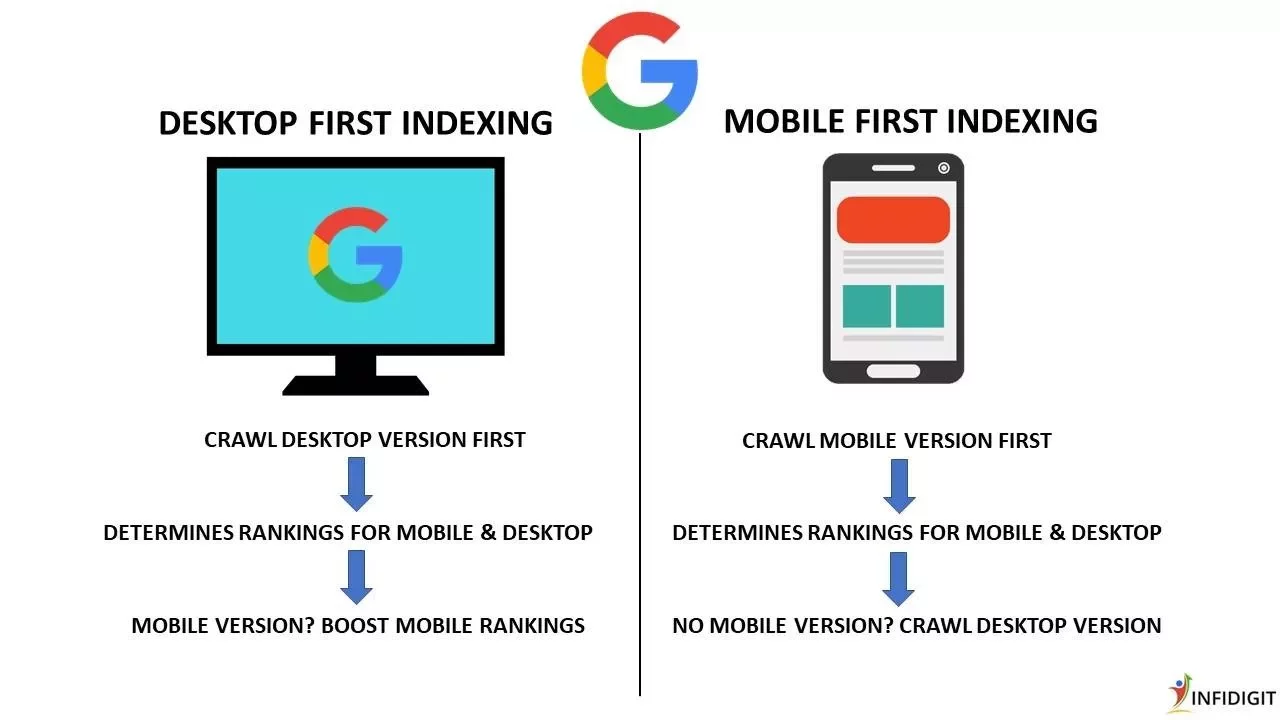
With the majority of internet users accessing content through mobile devices, prioritizing mobile experience is imperative. Here are key considerations:
Mobile-First Indexing:
Google’s mobile-first indexing prioritizes mobile versions of websites for indexing and ranking. Ensure your website is mobile-friendly, responsive, and provides a seamless browsing experience across devices.
Accelerated Mobile Pages (AMP):
Implement AMP to create fast-loading, lightweight web pages optimized for mobile. AMP enhances user experience, reduces bounce rates, and improves search engine visibility.
Mobile Advertising:
Allocate budget and resources to mobile advertising platforms, such as mobile search ads, in-app ads, and social media ads optimized for mobile devices. Targeting mobile users effectively can yield higher engagement and conversions.
X. Data Ethics and Responsible AI: Prioritizing Ethical Considerations
As businesses harness the power of AI and data-driven marketing, it becomes crucial to prioritize data ethics and responsible AI practices. Consider these principles:
Data Governance:
Establish data governance frameworks that ensure responsible data collection, storage, and usage. Adhere to privacy regulations and protect customer data from unauthorized access.
Algorithmic Transparency:
Make the algorithms and AI models that are employed in decision-making processes transparent. Avoid biases, encourage fairness, and evaluate algorithms on a regular basis for unexpected consequences.
User Empowerment:
Provide users with control over their data. Offer options to manage data preferences, provide clear consent mechanisms, and allow users to opt out of data collection and personalized experiences.
Ethical AI Applications:
Ensure that AI applications follow ethical principles and do not cause harm to individuals or communities. Examine AI systems on a regular basis for biases, unforeseen effects, and biased outcomes.
Businesses can stay ahead of the curve, communicate with their target audience effectively, and produce real outcomes in the dynamic digital world by embracing these top 10 digital marketing trends in 2024. Adaptation, creativity, and a customer-centric strategy will be critical to success in the ever-changing world of digital marketing.

